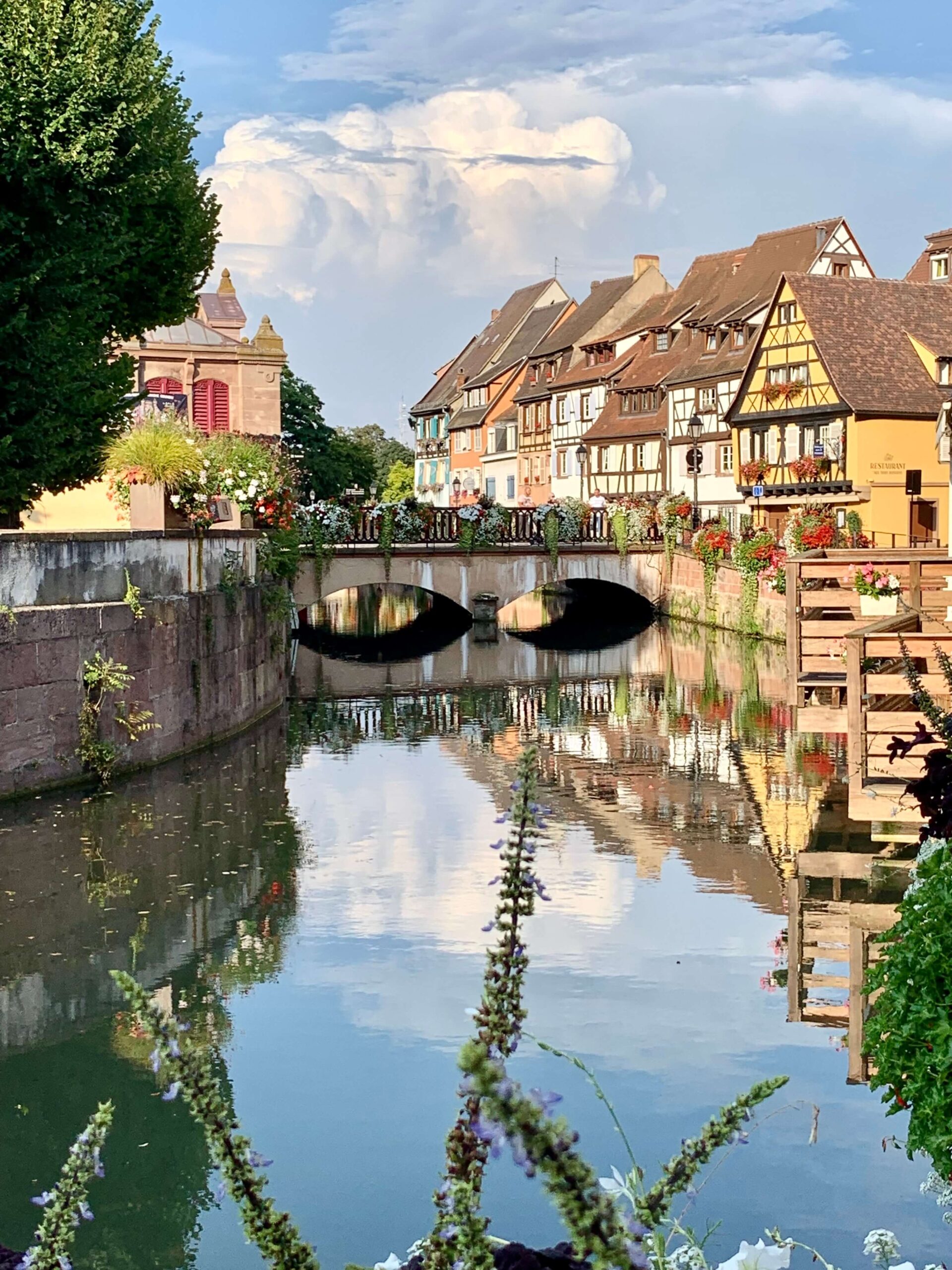Plants bring life and colour into the building; an outdoor connection much required for any inward looking home or built space. Regardless of the design style, houseplants blend seamlessly in every indoor setting. These ever-changing elements live up to provide both form and function. But, the benefits of interior landscaping go beyond just aesthetics. Researchers believe that plants have a dramatic effect of the well-being of the inmates. Poor air quality, noise, unpleasant light etc. are some important factors contributing to Sick Building Syndrome (SBS). Vegetation and flowers in indoors are evident to fight SBS by reducing carbon dioxide levels and other harmful air pollutants, reducing airborne dust and VOCs and neutralising smells. More recently, research have shown that plants have the capability of reducing background noise inside buildings too. Shristi tells us about the many benefits of having indoor plants, in the regular column, exclusively for Different Truths.
Why do we opt for mountains, beaches and forests to spend our vacation? What more is available to us in these locales, other than concrete indoors? Yes, the nature. Whether we sense it or not, nature invariably bestows pleasure and an element of interest to us.
People get their homes, offices and other habitable spaces designed to create comfortable and aesthetical indoor environment. But is the hardscape enough? As we are heading up towards high-rise buildings, nostalgia for the lost green areas has led to consideration of a life around these living beings right in the interior.
Plants bring life and colour into the building; an outdoor connection much required for any inward looking home or built space. Regardless of the design style, houseplants blend seamlessly in every indoor setting. These ever-changing elements live up to provide both form and function. But, the benefits of interior landscaping go beyond just aesthetics. Researchers believe that plants have a dramatic effect of the well-being of the inmates.
Poor air quality, noise, unpleasant light etc. are some important factors contributing to Sick Building Syndrome (SBS). Vegetation and flowers in indoors are evident to fight SBS by reducing carbon dioxide levels and other harmful air pollutants, reducing airborne dust and VOCs and neutralising smells. More recently, research have shown that plants have the capability of reducing background noise inside buildings too.
Not just homes, houseplants have proven benefits in offices, healthcare buildings and retreats. Employees in offices experience positive working environments which directly lead to greater productivity and performance. Apart from working towards a better air quality, plants have positive effect on human psychology. Stress and negative feelings are curbed when the human body is exposed to nature. Hence, hospitals and retreats are also served with relaxation and calmness with the introduction of plant life.
A designer can use landscaping to create focal points in the design. Size, shape, colour and their composition majorly judge how the point of interest is needs to be generated. Unusual looking species act as natural sculptures. Dried trees grace the interior with their organic form and a rustic look. Plants are often used to mark corners or as screens to block views. They also serve to reduce glare and heat, when used near fenestrations or in courtyards. A tree can expand the scale or a small space and can delineate areas in bigger spaces. They can add contrast to a monochromatic setting; thereby increasing the sense of luxury and gravity. Apart from acting as accessories to the design, they create a homespun ambience in areas with different functions.
Fern, Ficus, Peace Lily, Bamboo, Dracaena, Philodendron, Snake plant, Fig, Spider plant, Aloe Vera etc. are some easy-to- grow houseplants which purify the air and are highly aesthetic. They demand a little care but in turn, they give back a lot. On one hand, indoor landscape can beautify the indoor environment. On the other hand, it can purify the air and adjust the indoor microclimate.
Green colour is said to be the most soothing of the lot. It indicates renewal, cheer and life. Putting together home interiors and vegetation is a great way to invite these ethos. Indoor landscape creates a picturesque scenery right in the interiors, one that purifies air, generates interest and cultivate good spirits.
©Shristi Nangalia
Photo from the internet.









